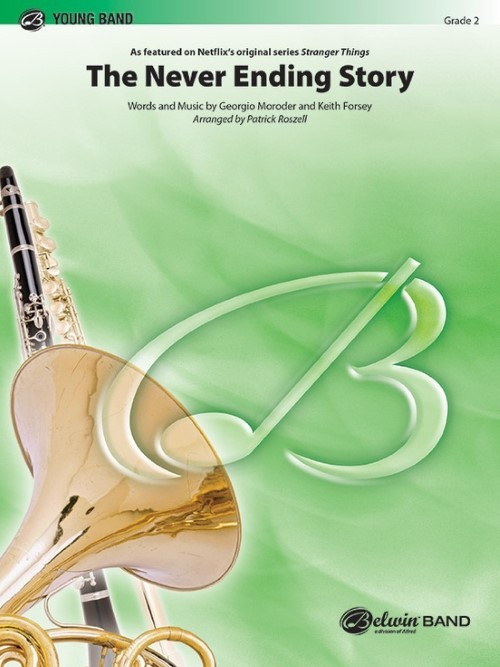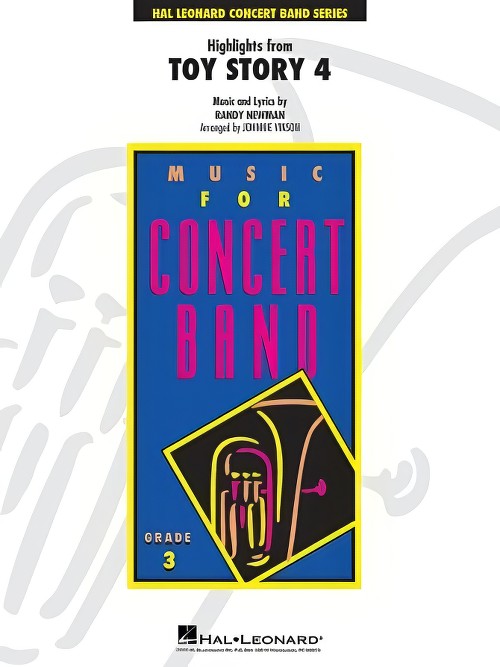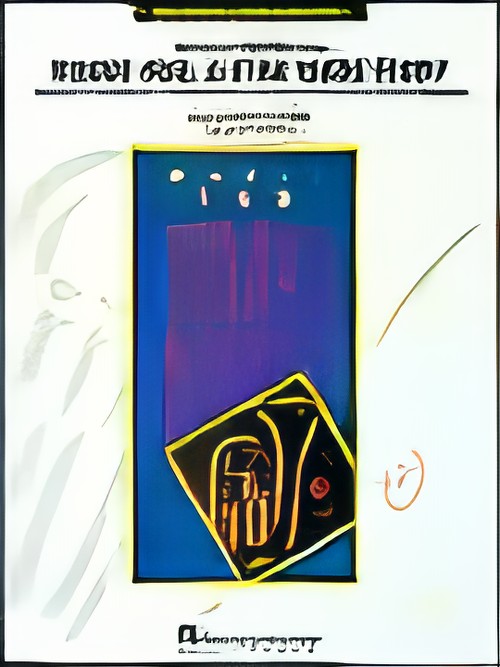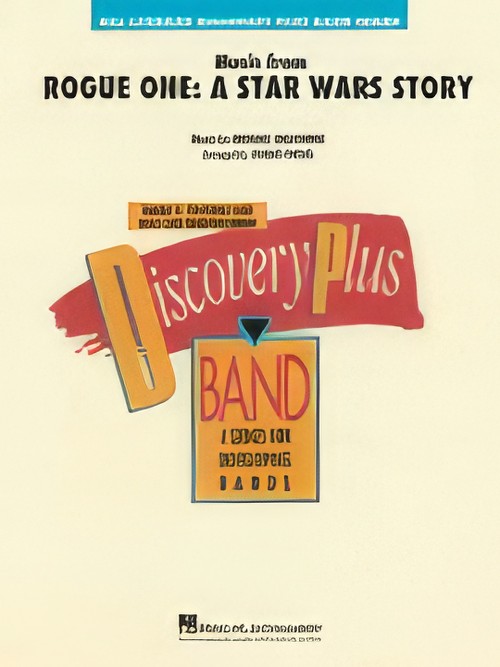Results
-
 £152.00
£152.00West Side Story
Estimated dispatch 7-14 working days
-
 £64.99
£64.99Music from Toy Story 2 - Randy Newman
Tom Hanks and Tim Allen are back with another adventure, once again backed with music from Randy Newman. This new Disney film is certain to be the hit of the season and your students will love Jay's arrangement that includes: You've Got A Friend In Me, Woody's Round-up, and a new hit single When She Loved Me, recorded by Sarah McLachlan.
Estimated dispatch 7-14 working days
-
 £110.40
£110.40A Filvar Story - Vitor Resende
Estimated dispatch 7-14 working days
-
 £58.50
£58.50 -
 £134.99
£134.99 -
 £68.00
£68.00The Never Ending Story (Concert Band - Score and Parts) - Forsey & Moroder - Roszell, Patrick
This retro blast from the past made its debut in the 1984 fantasy movie and went on to the hit the top of the pop charts in the U.S. The tune was also featured in the season 3 finale of the Netflix original series Stranger Things as the kids from Hawkins, Indiana attempt to save the world. A techno pop groove is the basis for the charming familiar melody. Duration: 2.15
Estimated dispatch 7-14 working days
-
 £72.99
£72.99Toy Story 4, Highlights from (Concert Band - Score and Parts) - Newman, Randy - Vinson, Johnnie
Our favourite gang of toys is back for another grand adventure, accompanied by terrific new songs from Randy Newman. This varied and entertaining medley includes: The Ballad of the Lonesome Cowboy, I Can't Let You Throw Yourself Away, Cowboy Lament, and naturally, You've Got a Friend in Me.
Estimated dispatch 7-14 working days
-
 £64.99
£64.99Rogue One: A Star Wars Story, Soundtrack Highlights from (Concert Band - Score and Parts) - Giacchino, Michael - Murtha, Paul
Introducing us to intriguing new characters and loaded with exciting cinematic moments, Rogue One also brings us dramatic new musical themes from Michael Giacchino. Powerful music for band.
Estimated dispatch 7-14 working days
-
 £57.50
£57.50Rogue One: A Star Wars Story, Music from (Concert Band - Score and Parts) - Giacchino, Michael - Vinson, Johnnie
The Star Wars legacy continues with the blockbuster instalment Rogue One. With new themes by Michael Giacchino, the excitement and drama of the film comes to life in this great sounding medley, carefully scored and paced for younger players. Includes: The Imperial Suite; Jyn Erso & Hope Suite.
Estimated dispatch 7-14 working days
-
 £195.00
£195.00A John Rutter Christmas V - The Story (Concert Band - Score and Parts) - Rutter, John - Noble, Paul
After arranging a number of John Rutter's magnificent compositions for Concert/Wind Band, he invited me to create a medley of his most popular Christmas carols for band. I am pleased to present A John Rutter Christmas to the world of band music, with the hope that conductors, players, and audiences alike will enjoy this outstanding music. Somehow, John Rutter's carols shout Christmas without a word being spoken! - Paul Noble
Estimated dispatch 7-14 working days
